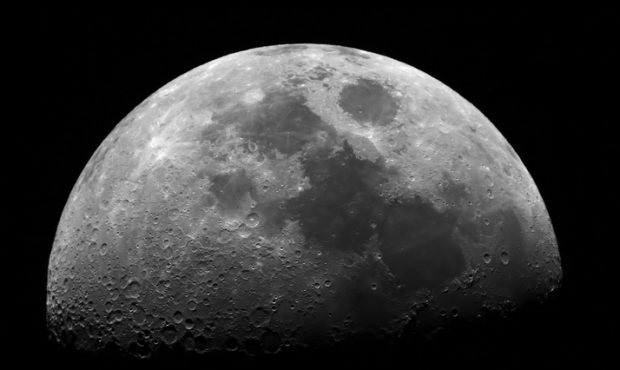‘Her’ Footprints on Moon! NASA plans to land the 1st woman on the moon by 2024

Washington, May 15: Currently, NASA is working on an ambitious project “Moon2Mars”. Under this project and with an additional increase in agency’s budget by Trump administration, NASA is planning about sending the 1st woman ever and the 1st man in nearly 50 years to the moon by 2024.
As per NASA’s data, Only 12 humans, all male, have ever walked on the moon and they were all American. Bettina Inclán, NASA Communications Director said in a statement, “The last person walked on the Moon in 1972, No woman has ever walked on the lunar surface”.
Trump announced Monday that he is adding $1.6 billion to NASA's budget," so that we can return to Space in a BIG WAY!"
The space agency also revealed the new mission's name will be Artemis, the Greek goddess of the moon and twin sister of Apollo. NASA's Apollo 11 mission succeeded in landing the first humans on the moon on July 20, 1969.
"Fifty years after Apollo, the Artemis program will carry the next man and first woman to the moon," said Bridenstine said.
"To land American astronauts on the Moon by 2024, we are working through the acquisition approach for the various projects," said NASA in a statement. "Our efforts will include new work at NASA centers to provide the key technologies and scientific payloads needed for the lunar surface, adding to efforts already underway across the country."
NASA hopes that more exploration of the moon will help the US establish a strategic presence in space and grow its international partnerships. One billion dollars of the budget will go directly to the development of a commercial human lunar system that will take humans to the moon's surface.
An allocation of $651 million will be used to support the Orion Spacecraft and the rocket that Boeing is building for the moon mission called the Space Launch System or SLS.
NASA has already spent at least $11.9 billion on the SLS, which was supposed to be ready by December 2017.
In addition to the groundbreaking research, NASA hopes that this new exploration will inspire the next generation of scientists.